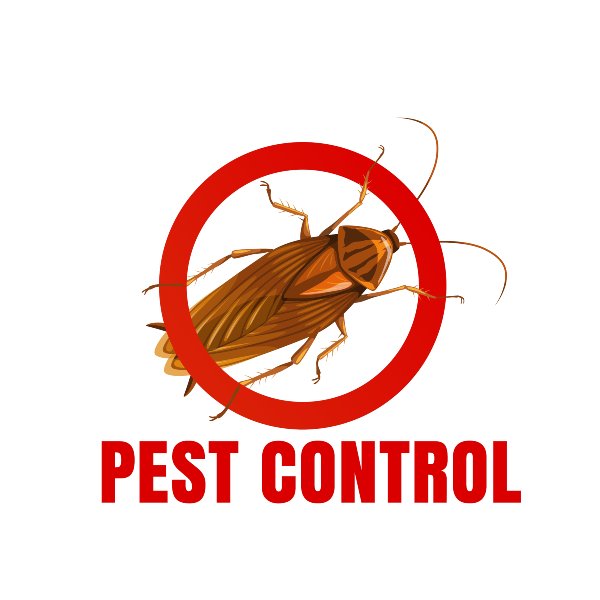Specialist A1 Charlotte Bed Bug Exterminator - Quality Service Assured
Specialist A1 Charlotte Bed Bug Exterminator - Quality Service Assured
Blog Article
Bed Pest Therapy Malfunction: Comparing Chemical Vs. Non-Chemical Solutions
In the realm of parasite control, particularly when taking care of the consistent issue of bed bugs, the choice between chemical and non-chemical treatment solutions can be an essential one. Both techniques provide distinctive advantages and downsides, influencing variables such as performance, safety factors to consider, and total cost. By analyzing the nuanced information of each method, a more clear understanding of which path to go after in dealing with a bed insect problem can be obtained.
Performance of Chemical Therapies
Chemical therapies for bed bug infestations have been commonly identified for their potent and fast effectiveness in eliminating these pests. When considering the performance of chemical treatments, it is vital to recognize that they can provide a complete and fast solution to a bed insect issue.
Additionally, chemical treatments have the advantage of using recurring impacts, indicating that they can continue to eliminate bed bugs even after the initial application. This residual action is specifically useful in combating any possible re-infestations. Furthermore, the rapid action of chemical treatments can bring relief to people facing extreme bed pest invasions, allowing them to gain back control of their space quickly.
Security Worry About Chemical Solutions
When making use of chemical solutions for bed bug therapy is guaranteeing the safety and security of passengers and the setting,One essential element that needs mindful consideration. While chemical treatments can be effective in eliminating bed bugs, they might posture threats otherwise handled correctly. Among the primary safety worry about chemical services is the possible harm they can create to human health. Exposure to particular chemicals made use of in bed insect therapies can cause respiratory issues, skin irritation, or other damaging reactions, specifically in people with pre-existing conditions or level of sensitivities. Furthermore, inappropriate application or dosage of chemical pesticides can result in hazardous residues lingering in the cured location, positioning lasting health threats to passengers.
Furthermore, the environmental effect of chemical solutions is an additional significant consideration. Some pesticides made use of in bed insect therapies may be hazardous to useful pests, wildlife, and ecological communities if they seep right into the dirt or water supply. It is necessary to make use of chemical therapies sensibly, complying with safety guidelines, and considering much less toxic options to reduce these dangers and make certain the efficient and safe administration of bed bug invasions.
Benefits of Non-Chemical Techniques
Thinking about the possible safety issues and ecological influence connected with chemical options for bed pest therapy, discovering non-chemical techniques offers an encouraging alternative with several unique benefits. Non-chemical methods use a safer alternative for households, specifically those with animals, individuals, or children conscious extreme chemicals. These strategies remove the threats of exposure to toxic compounds, decreasing the possibility for negative wellness results. Moreover, non-chemical therapies are eco-friendly, as they do not add to air or water pollution, making them a lasting choice for pest control.
Additionally, non-chemical remedies can be efficient in targeting bed bugs, including hard-to-reach areas where chemical therapies may not permeate. Methods such as warm treatment, vacuuming, heavy steam cleaning, and bed mattress encasements give comprehensive eradication without the usage of damaging chemicals. In addition, non-chemical methods can be much less turbulent, calling for minimal preparation and permitting quicker reentry right into dealt with locations. On the whole, going with non-chemical bed insect treatment techniques not just focuses on safety and security and environmental management however additionally makes sure efficient and comprehensive parasite control.
Limitations of Non-Chemical Treatments

Additionally, non-chemical therapies typically call for numerous applications to achieve successful eradication. This can be taxing and may not constantly guarantee complete elimination of all bed pests and browse this site their eggs, specifically in hard-to-reach or surprise locations.
In addition, the success of non-chemical therapies greatly depends on appropriate execution and thoroughness, which can be testing for people without expert experience. Inadequate application of non-chemical approaches may lead to insufficient obliteration, leading to consistent infestations and the demand for extra treatments.
Therefore, while non-chemical therapies have their benefits, it is vital to recognize these constraints and consider them when figuring out the most reliable technique for handling bed pest invasions.
Price Comparison: Chemical Vs. Non-Chemical Options
Provided the restrictions related to non-chemical therapies, a necessary facet to evaluate in the context of bed pest management is the expense comparison between chemical and non-chemical alternatives. Chemical treatments normally entail the application of insecticides by experts, which can vary from $250 to $900 per area, relying on the seriousness of the problem and the dimension of the area to be dealt with. On the other hand, non-chemical treatments like warm therapy or heavy steam can be a lot more pricey, with costs varying from $1,000 to $6,000 for a whole home. While the first expense of chemical therapies might appear reduced, numerous treatments might be required to completely remove the invasion, possibly enhancing the total expense. On the various other hand, non-chemical options may offer an extra eco-friendly and sustainable solution, although they can be cost-prohibitive for some individuals. Ultimately, when thinking about the expense of bed bug therapy options, it is necessary to consider the upfront expenditures against the effectiveness and long-lasting sustainability of the selected method.
Final Thought

Taking into consideration the possible security worries and ecological impact linked with chemical solutions for bed pest treatment, checking out non-chemical techniques provides a promising alternative with a number of distinct advantages.Offered the Discover More restrictions connected with non-chemical treatments, a crucial aspect to examine in the context of bed bug monitoring is the price contrast in between pest specialist chemical and non-chemical choices. In comparison, non-chemical treatments like heat therapy or heavy steam can be more expensive, with costs ranging from $1,000 to $6,000 for an entire home. While the first cost of chemical treatments might seem reduced, several treatments may be needed to fully get rid of the problem, potentially raising the general price.In final thought, when contrasting chemical and non-chemical bed pest therapy choices, it is crucial to take into consideration effectiveness, security, advantages, restrictions, and expense.
Report this page